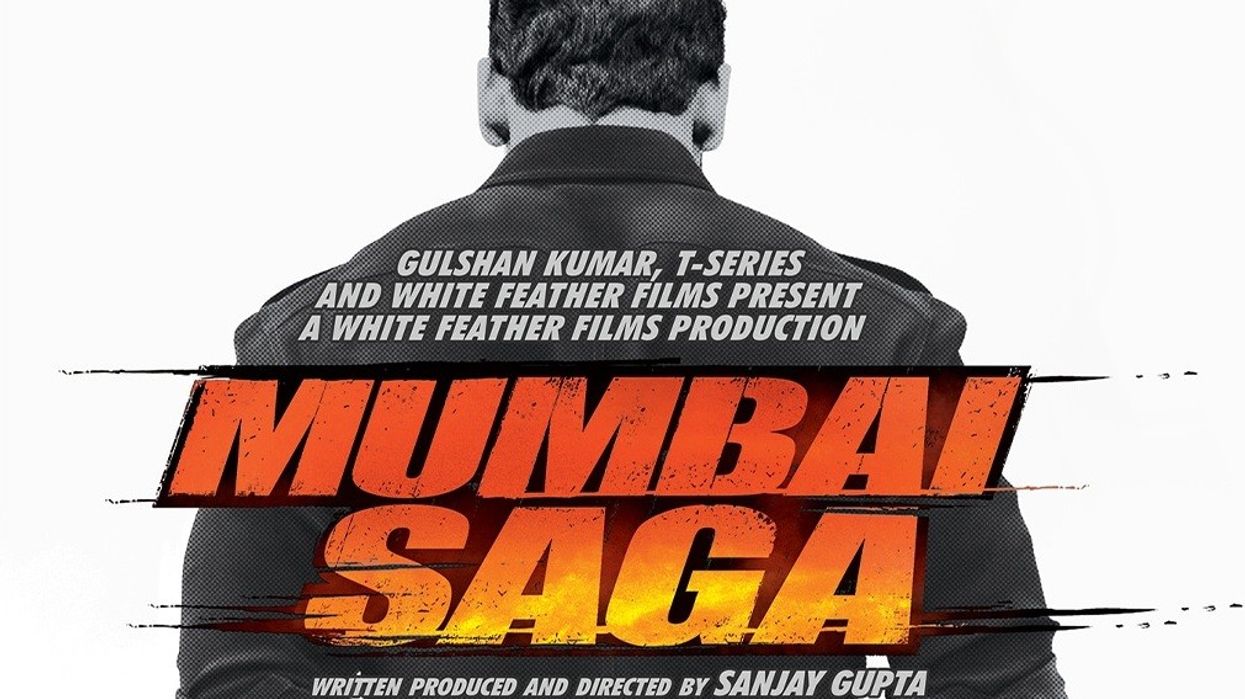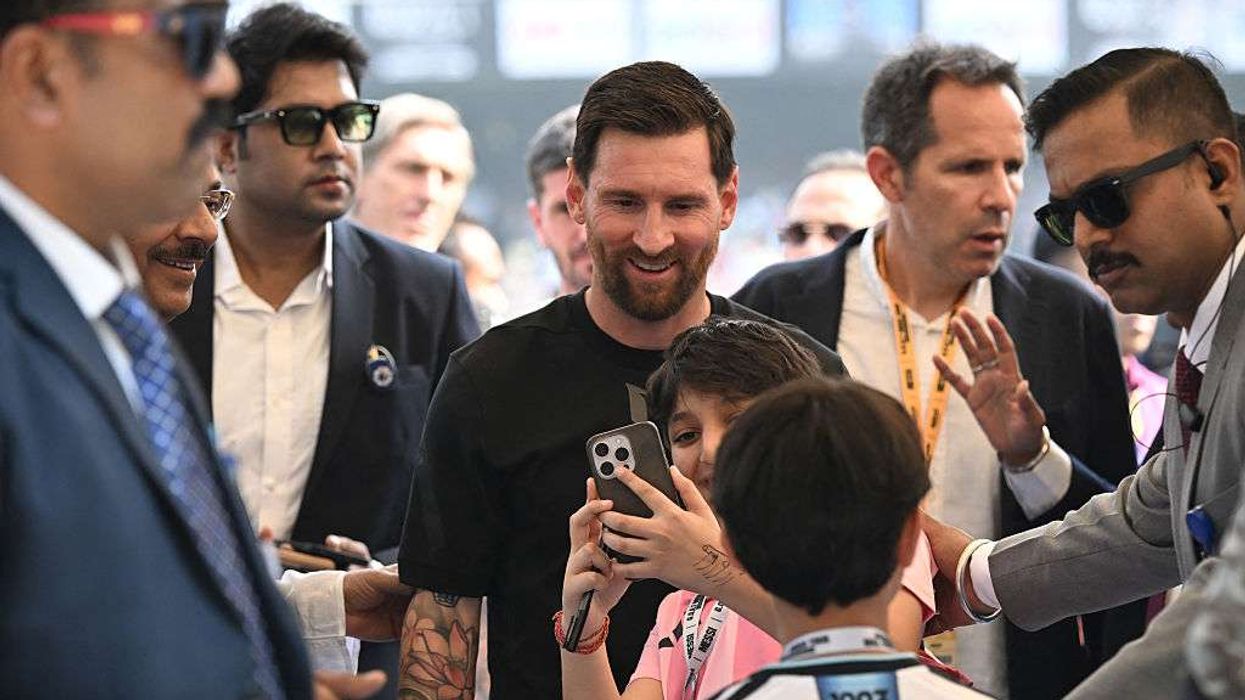By Murtuza Iqbal
Sanjay Gupta is known for his gangster-dramas like Kaante, Shootout at Lokhandwala (writer), and Shootout at Wadala. So, when he decided to direct a film titled Mumbai Saga, a gangster drama set in the 80s and the 90s, moviegoers were excited to watch it on the big screen.
The film was supposed to release last year, but due to the pandemic it was postponed, and now, it has finally released today.
Mumbai Saga is about Amartya Rao (John Abraham), a simple Mumbai guy who sells vegetables. But once he gets into a fight with members of a gang, and later, he makes his own gang and becomes the famous gangster Amartya Rao. He one day shoots industrialist Khaitaan (Samir Soni), the owner of Khaitaan mills. After Khaitaan dies, his wife announces that if a police officer kills Rao, she will give him 10 crores (100 million), and then enters Vijay Savarkar (Emraan Hashmi), an encounter specialist who decides to kill Amartya Rao. Further, it’s a cat and mouse game between Amartya and Vijay.
The story of Mumbai Saga has nothing new to offer. The first half of the film is dull, the screenplay and the narration fail to keep us engaged. The movie becomes better in the second after the entry of Emraan Hashmi, but the pre-climax and climax are just not up to the mark.
Two elements about the film that impressed me are the dialogues and action. The action in the film is desi and raw, and some of the dialogues are damn good.
Talking about performances, Emraan Hashmi is fantastic as the encounter specialist Vijay Savarkar. He gets the cop act right. John Abraham is good in his part as gangster Amartya Rao. Kajal Aggarwal fails to impress. In the supporting cast, it is Amole Gupte and Rohit Roy who impress us. Both the actors are damn good in their respective roles.
Coming to music, the songs in the film are strictly average, and even the background score isn't great.
Overall, Mumbai Saga is an average film with some good action and dialogues. However, the movie is full of clichés.
Ratings: 2.5/5
Watch the trailer here…












